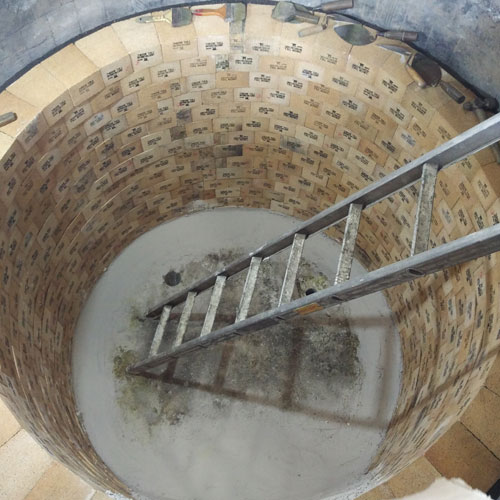 |
| refractory material |
There are many kinds of insulation products, including foam, mineral cotton products, foam glass, expanded perlite insulation products, EPS powder EPS insulation film, mineral spray cotton, foam cement insulation products. Selection of insulating materials in the construction of the common types of applications and design selection should be consistent with GB / T 17369-1998 "building insulation materials, application types and basic requirements" requirement.
In addition to the material should consider the thermal conductivity of the material, but also should consider the material of water absorption, combustion performance, strength and other indicators. The performance characteristics of different insulation materials see the corresponding classification guide.
Refractory material refractoriness of not less than 1580 ℃ of a class of inorganic non - metallic materials. Refractory degree refers to the refractory cone specimen in the absence of load conditions, resistance to high temperature effect without softening the melting of the Celsius temperature. Refractory materials are widely used in the metallurgical, chemical, petroleum, machinery manufacturing, silicate, power and other industrial fields, the largest in the metallurgical industry, accounting for 50% of the total output of 60%.
Frequently used special materials are AZS refractory brick, corundum brick, directly combined with magnesia-chrome brick, silicon carbide brick, silicon nitride combined with silicon carbide brick, nitride, silicide, sulfide, boride, carbide and other non-oxide refractories ; Calcium oxide, chromium oxide, alumina, magnesium oxide, beryllium oxide and other refractories. Frequently used insulation refractory abrasive
Refractory materials are diatomite products, asbestos products, thermal panels and so on.
Insulation material is used for building envelope or thermal equipment, the heat transfer of the material or material complex, including both insulation materials, including cold materials. Insulation brick on the one hand to meet the building space or thermal equipment, the thermal environment, on the other hand also saves energy. Therefore, some countries will be adiabatic materials as coal, oil, natural gas, nuclear energy after the "fifth largest energy." A material with a strong resistance to heat flow. Mainly used for housing construction of the wall, roof or industrial pipes, furnaces and other insulation and insulation. According to the principle of insulation is divided into:
① porous material. The gas with a small thermal conductivity is filled with adiabatic pores. Generally the air is the thermal resistance medium, mainly the fibrous aggregation organization and the porous structure material. Foam plastic insulation is better, followed by mineral fibers (such as asbestos), expanded perlite and porous concrete, foam glass.
② Reflective material. Such as aluminum foil can rely on thermal reflection to reduce radiation heat transfer, a few layers of aluminum foil or paper with a thin layer of composite structure, can also increase the thermal resistance. Insulation materials are often used in the form of loose materials, coils, plates and prefabricated blocks for the insulation and insulation of roofs, facades and floors of buildings. Can be directly masonry (such as aerated concrete) or on the roof and envelope for the core material, but also paved into the ground insulation layer. Fiber or granular insulation material can be filled in the wall, can also be sprayed on the wall, both adiabatic, sound absorption, decoration and fire and other effects.
More refractory material:
http://www.yilongrefractory.com/AllProductServlet?id=1&number=20
E-mail:sales8@chinaelong.com







